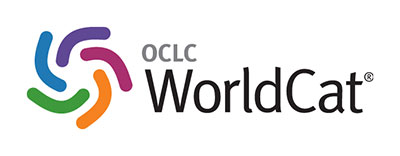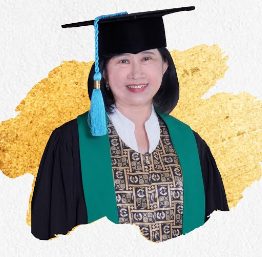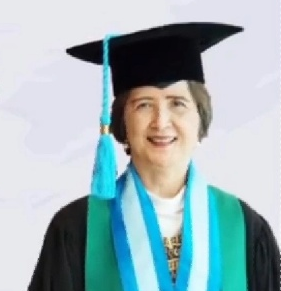The Detection of Pathogenic Fungi on Prayer Rugs of The Mosques at Jatinangor Campus of Universitas Padjadjaran
DOI:
https://doi.org/10.28932/jmh.v2i3.1220Abstract
Fungus easily grows in the plateau area with warm moist air. The fungus can enter and contaminate mosque rooms, especially on the surface of prayer rugs. If pathogenic fungi grow on prayer rugs, they can increase the health risk of those who come into contact with them. This research aimed to detect and identify pathogenic fungi on prayer rugs of the mosques in Jatinangor campus of Universitas Padjadjaran using laboratoric descriptive method. The data was collected by sampling of dust from the surface of prayer rugs, fungal culturing and mold identification. The existence of pathogenic fungi has been investigated and observed in twenty-eight samples of thirty mosques using simple random sampling. Sabouraud Dextrose Agar was the chosen medium to grow pathogenic fungi. We found fungal growth in all samples with a total of 8 fungal species (Alternaria spp, Aspergillus spp, Candida spp, Fonsecaea spp, Mucor spp, Penicillium spp, Rhizopus spp, Rhodotorula spp) which are opportunistic fungi; however, no pathogenic fungi were found.Keywords : pathogenic fungi, prayer rugs, fungus, Aspergillus spp., Candida spp.Downloads
Download data is not yet available.
Downloads
Published
2019-02-27
How to Cite
1.
Faturrachman F, Mulyana Y. The Detection of Pathogenic Fungi on Prayer Rugs of The Mosques at Jatinangor Campus of Universitas Padjadjaran. J. Med. Health [Internet]. 2019Feb.27 [cited 2026Jan.2];2(3). Available from: http://114.7.153.31/index.php/jmh/article/view/1220
Issue
Section
Articles
License
Authors who publish with this journal agree to the following terms:
- Authors retain the copyright and grant the journal right of first publication with the work
simultaneously licensed under a Creative Commons Attribution-NonCommercial 4.0 International License that allows others to share the work with an acknowledgement of the work's authorship and initial publication in this journal. - Authors are able to enter into separate, additional contractual arrangements for the nonexclusive distribution of the journal's published version of the work (e.g., post it to an institutional repository or publish it in a book), with an acknowledgement of its initial publication in this journal.
 This work is licensed under a Creative Commons Attribution-NonCommercial 4.0 International License.
This work is licensed under a Creative Commons Attribution-NonCommercial 4.0 International License.

















